(NLDO) - New data on the famous planet TRAPPIST-1b shows that it is more Earth-like than previously predicted.
The TRAPPIST-1 system, located 40 light years away, has become famous in recent years for its seven Earth-sized planets that share some Earth-like characteristics. Among them, TRAPPIST-1b is thought to be the most similar to our planet. The biggest difference may be that TRAPPIST-1b may not have an atmosphere, according to preliminary analysis of data from the James Webb Space Telescope.
But a study recently published in the scientific journal Nature Astronomy shows the opposite.
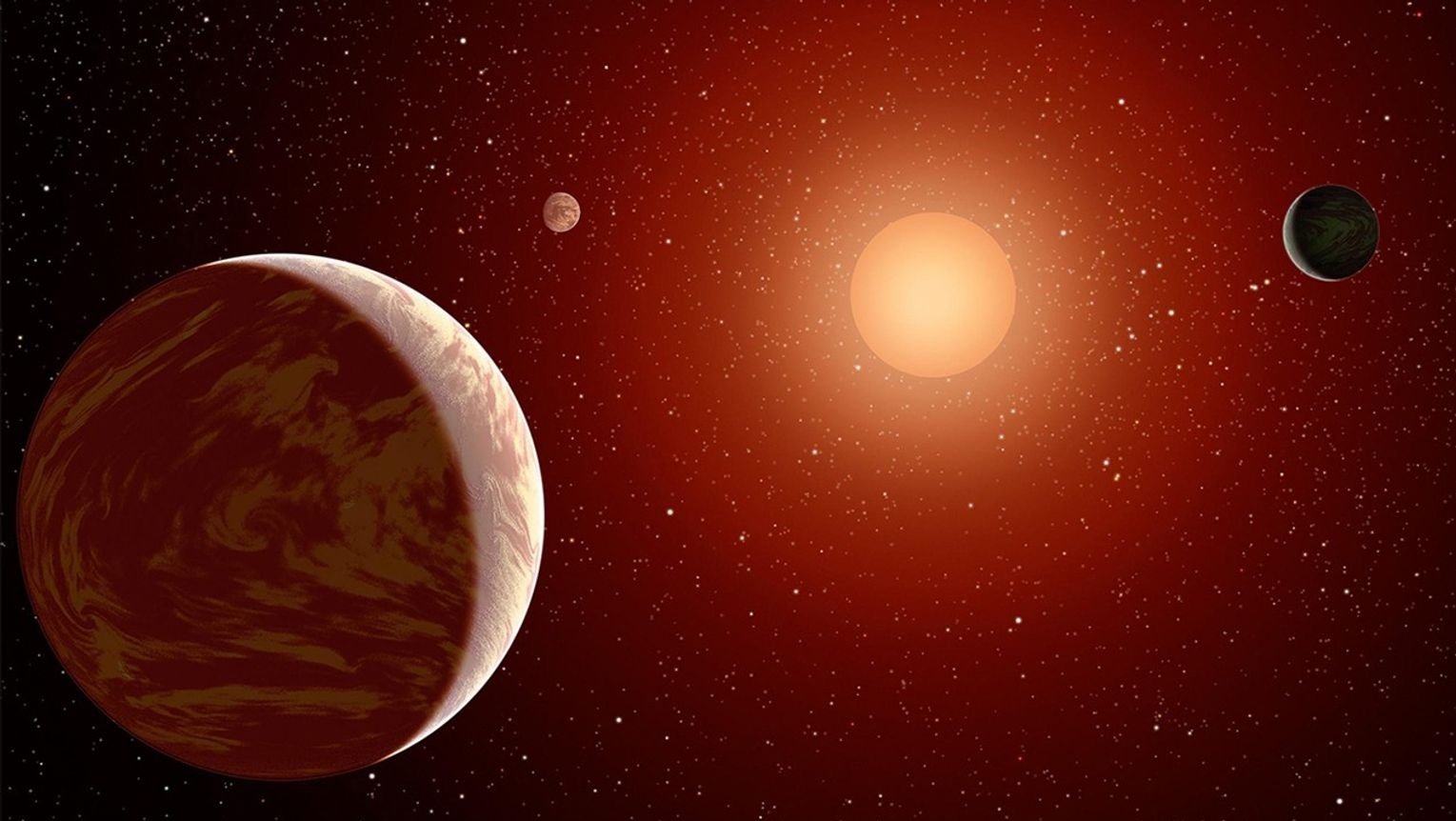
Some of the seven more or less Earth-like planets orbiting the red dwarf star TRAPPIST-1 - Photo: NASA
According to Live Science , since this seven-planet system was discovered in 2017, astronomers have been trying to determine whether they have atmospheres.
Because they have always expected that some worlds in this star system – with similar characteristics to Earth, including liquid water oceans on some – would harbor life. And an atmosphere is one of the key factors in nurturing life.
An international team of researchers decided to reanalyze the James Webb data to look for missing details.
Previous measurements of TRAPPIST-1b's radiation at a wavelength of 15 micrometers suggested that it could not have a thick atmosphere rich in carbon dioxide, as carbon dioxide strongly absorbs light at this wavelength and would therefore significantly reduce the observed radiation.
New measurements, collected at a different wavelength of 12.8 micrometers, again found clear signs of a carbon dioxide-rich atmosphere, not only with a highly reflective haze layer like Earth's.
That haze makes the planet's upper atmosphere hotter than the layers below, creating an environment where carbon dioxide emits light instead of absorbing it, making it undetectable by previous observations.
On the other hand, the new measurements also reveal unexpectedly high temperatures on TRAPPIST-1b's surface, suggesting the world may be seething with volcanic activity.
The discovery that TRAPPIST-1b has an atmosphere is surprising, because its parent star is a red dwarf, a type of star that is much "cooler" than our Sun but is also a source of harsh radiation, often stripping the atmospheres of nearby planets.
Co-author Leen Decin from KU Leuven University (Belgium) said the new discovery suggests that TRAPPIST-1b may possess an atmosphere in a way that is different from previous understandings of planetary atmospheres.
It's been a lot of fun exploring the scenarios that help it maintain that kind of atmosphere.
In addition, this is a planet that is tidally locked to its parent star, meaning that one side is always facing the parent star, like the Moon's condition with respect to Earth.
This contributes to a volcanically hot day side, along with a night side that can be very cold.
"If there were an atmosphere, heat would be distributed from the day side of the planet to its night side," explains co-author Michaël Gillon from the University of Liege (Belgium).
So there is still hope for life on this very Earth-like planet.
Source: https://nld.com.vn/phat-hien-kho-ngo-tu-hanh-tinh-rat-giong-trai-dat-196250102084032278.htm



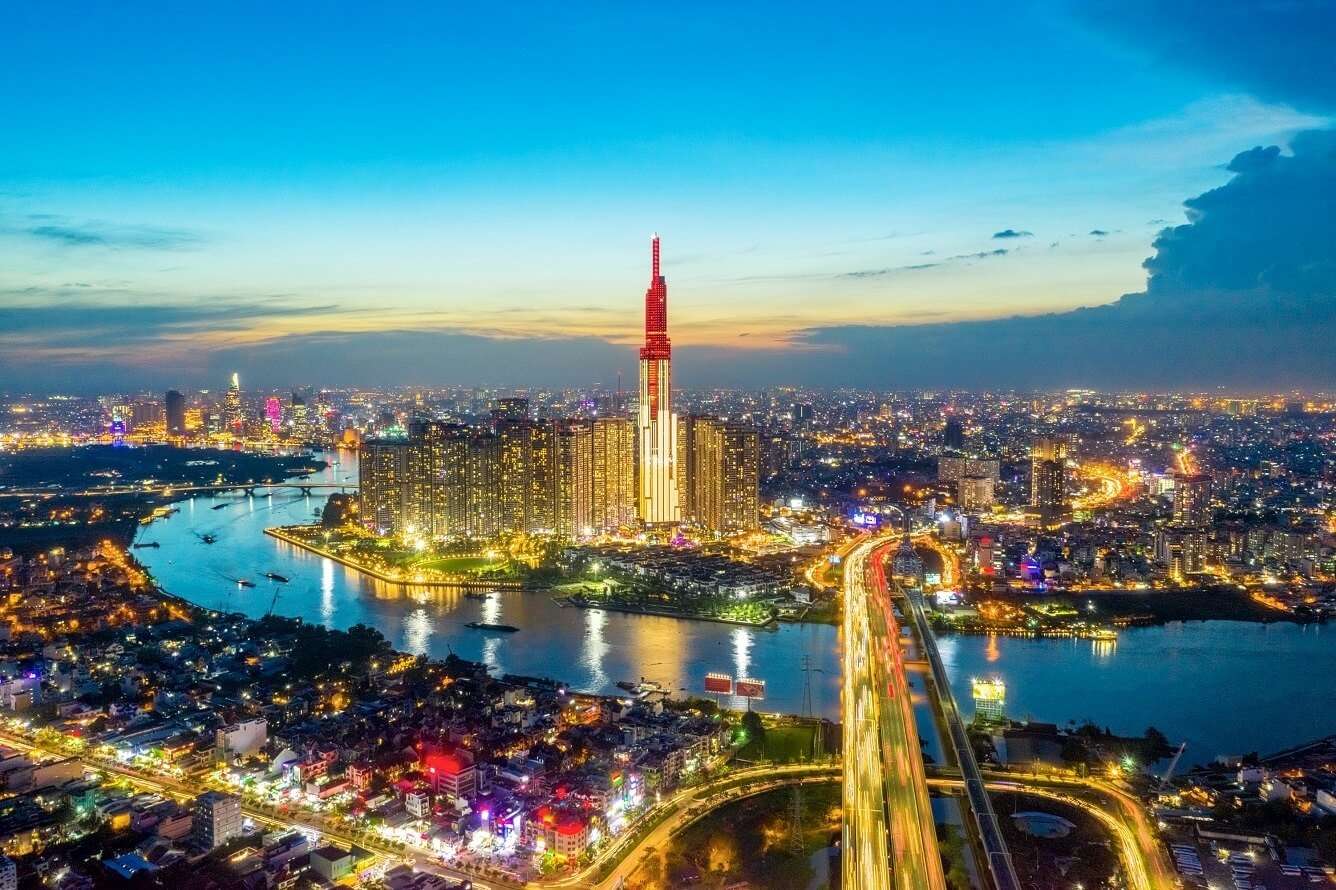




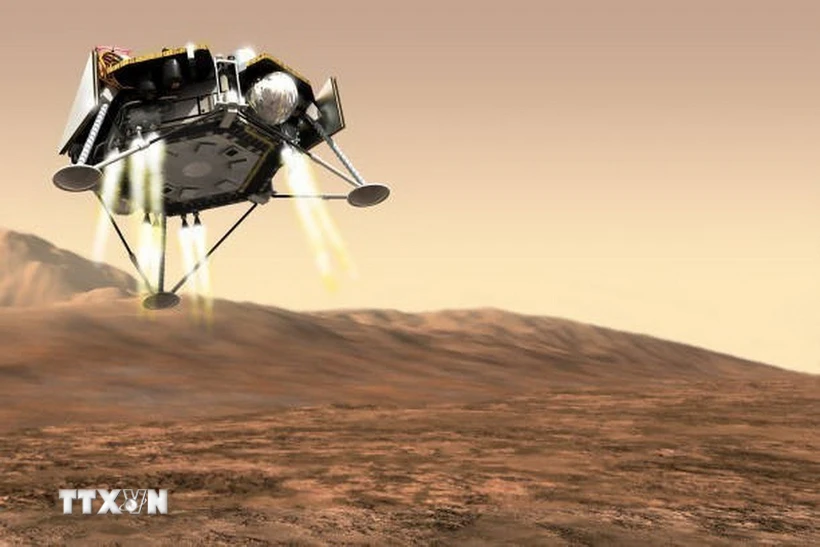

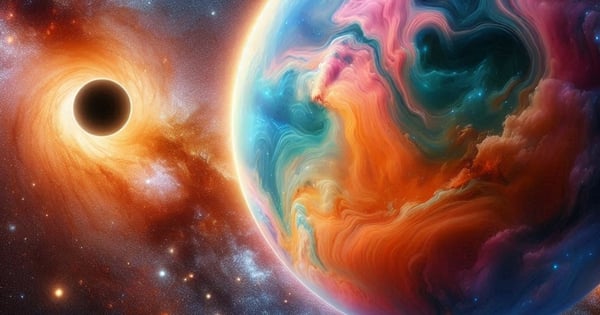
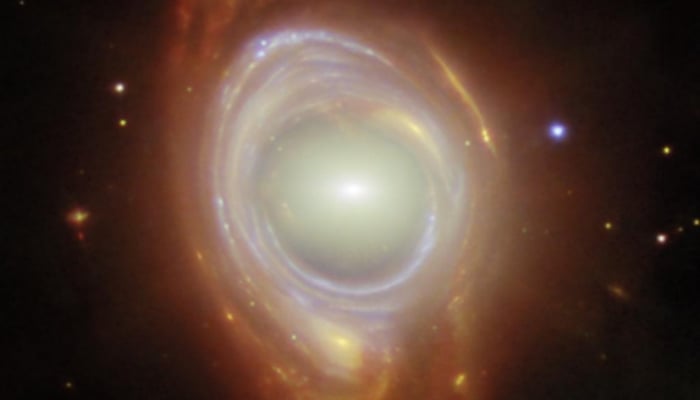

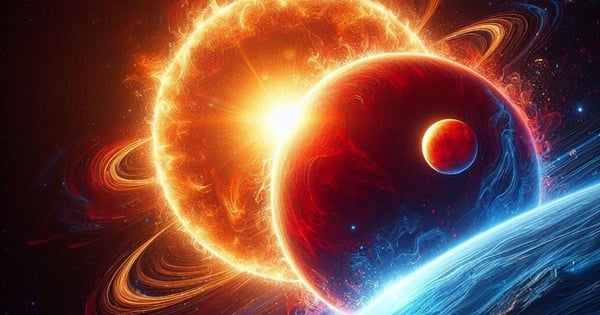
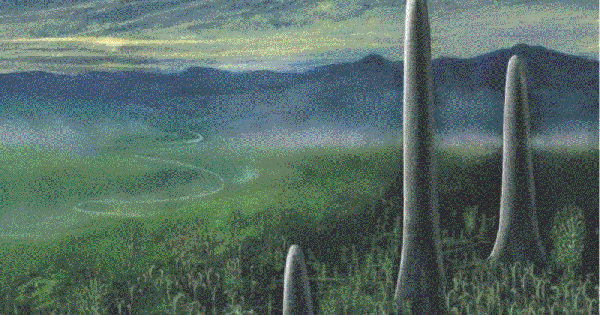
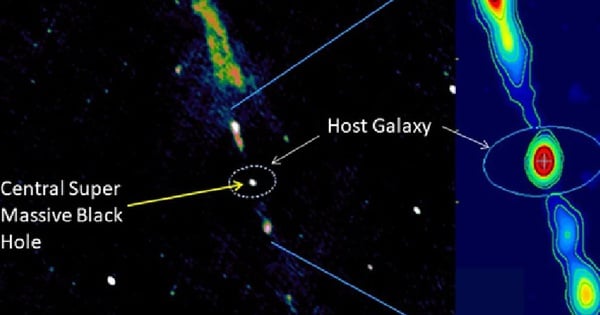

![[Video] Approval of the Master Plan for the Construction of a High-Tech Forestry Zone in the North Central Region](https://vstatic.vietnam.vn/vietnam/resource/IMAGE/2025/4/12/93e860e3957940afaaab993c7f88571c)



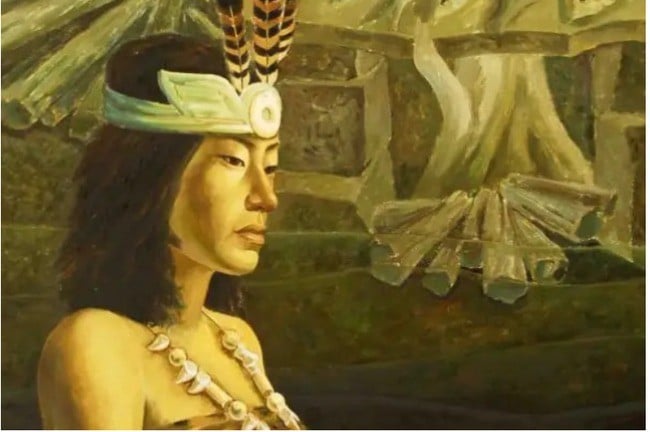










![[Photo] "Beauties" participate in the parade rehearsal at Bien Hoa airport](https://vstatic.vietnam.vn/vietnam/resource/IMAGE/2025/4/11/155502af3384431e918de0e2e585d13a)











































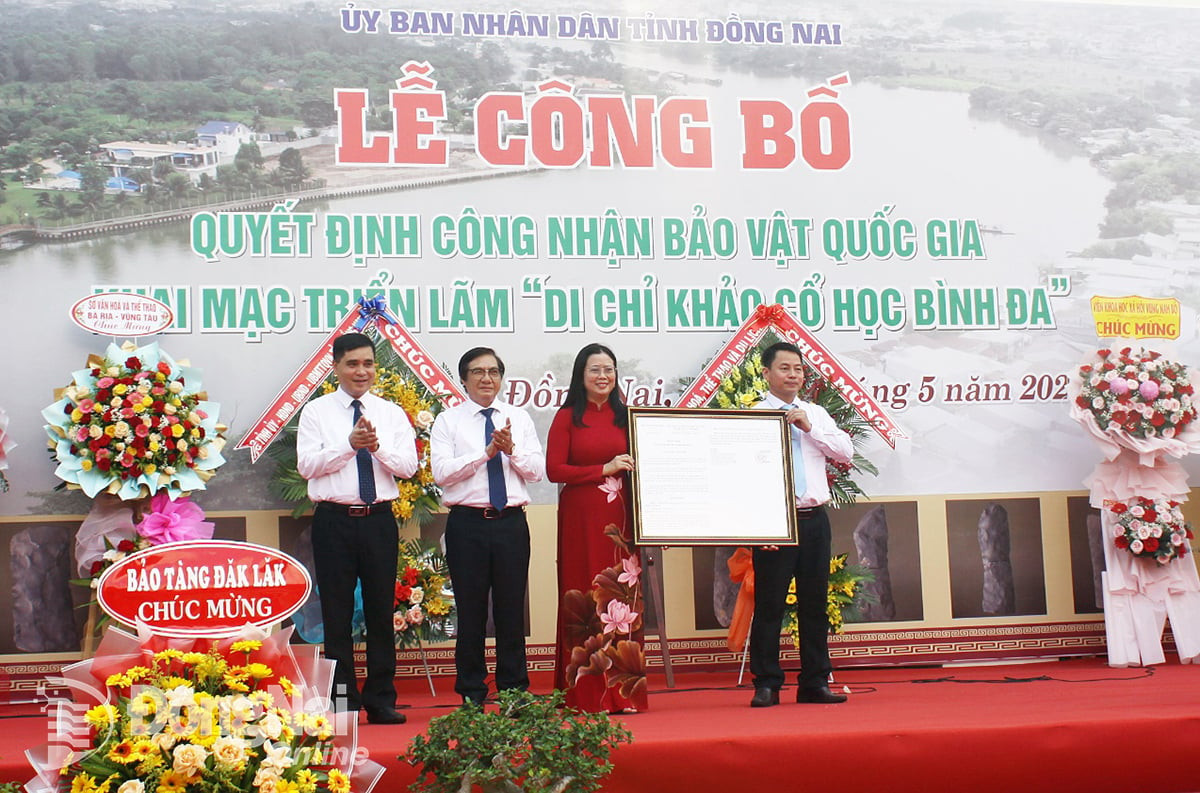
















Comment (0)